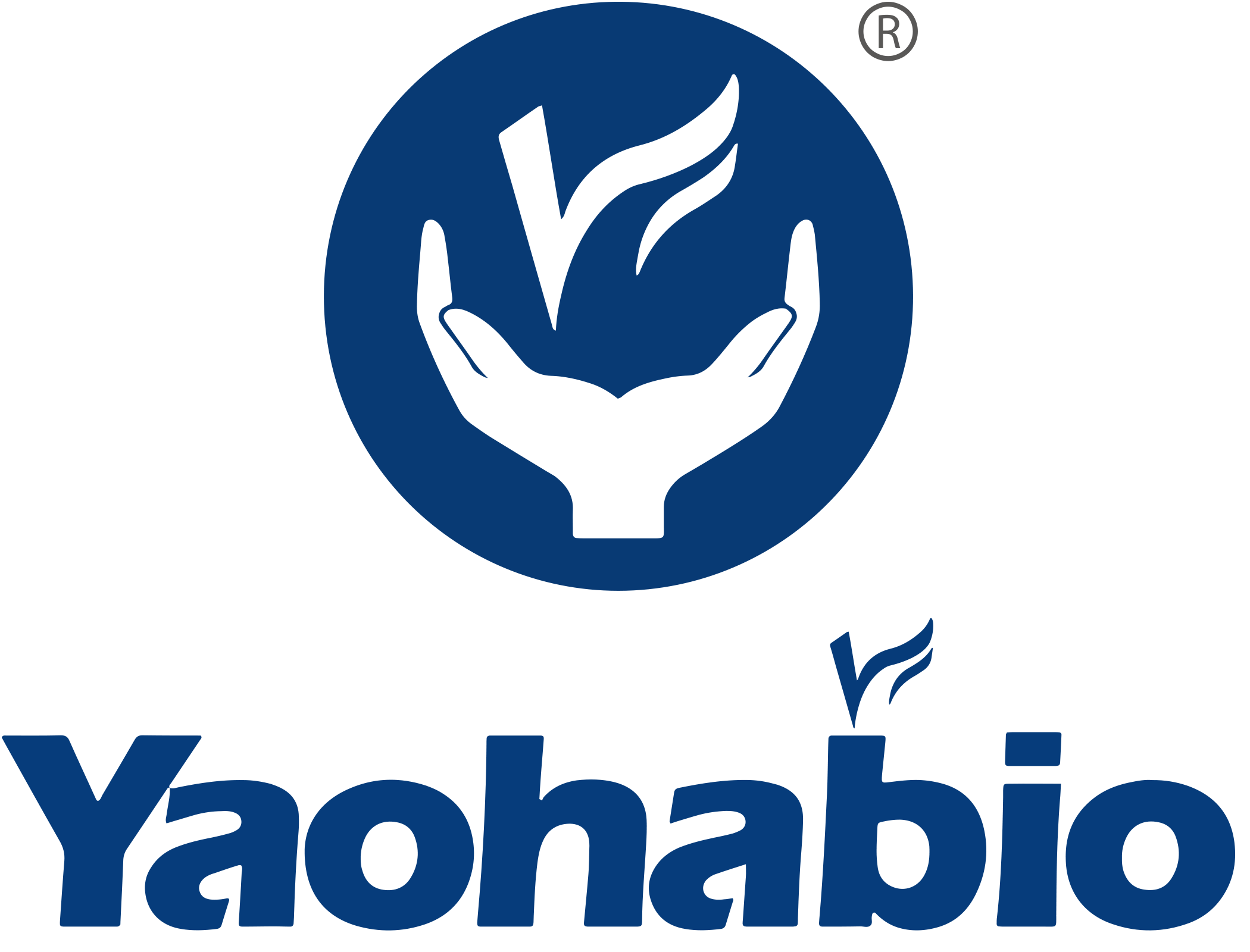Métodos Tradicionais de Síntese de RNA: Prós e Contras
Existem maneiras tradicionais de produzir RNA, e dois dos métodos mais amplamente utilizados são a síntese química e a transcrição in vitro Preenchimento e Finalização de Grandes Moléculas . Se você prepara pequenas peças de RNA através de uma série de reações químicas sintéticas, a síntese química refere-se ao uso de reações químicas para montar as pequenas peças juntas. Esses cientistas podem então projetar sequências de RNA que são específicas para o que eles precisam. Em contrapartida, a transcrição in vitro é quando proteínas especiais chamadas enzimas ajudam a transcrever um feixe de DNA em RNA. Porque essa é a forma como o RNA Teste de Liberação de Lote de Grandes Moléculas produzido IND vs Aplicação BLA usando templates de DNA existentes, o processo também é importante.
Embora esses métodos clássicos possam produzir RNA de boa qualidade, eles são bastante problemáticos. A síntese química, por exemplo, pode ser muito cara, e construir RNA dessa maneira custa muito dinheiro. Concluir o processo também pode levar muito tempo. Trabalhar com DNA longo ou complexo pode causar desafios com a transcrição in vitro. Além disso, as enzimas usadas neste método nem sempre são infalíveis e podem introduzir erros no RNA que é gerado.
Nova Tecnologia: Síntese de RNA
Mais recentemente, pesquisadores desenvolveram métodos melhores para fazer RNA do que aqueles primeiros métodos CIDR. Agora, um desses novos métodos é conhecido como síntese em fase sólida. Neste método, moléculas de RNA são sintetizadas em uma superfície sólida. Isso permite que os cientistas produzam RNA de alta qualidade rapidamente e com menos erros. Este método é realmente útil porque possibilita criar RNA mais rapidamente enquanto mantém a qualidade do RNA.

 EN
EN
 AR
AR
 HR
HR
 CS
CS
 DA
DA
 NL
NL
 FI
FI
 FR
FR
 DE
DE
 EL
EL
 IT
IT
 JA
JA
 KO
KO
 NO
NO
 PL
PL
 PT
PT
 RO
RO
 RU
RU
 ES
ES
 SV
SV
 IW
IW
 ID
ID
 LV
LV
 LT
LT
 SR
SR
 SK
SK
 SL
SL
 UK
UK
 VI
VI
 ET
ET
 HU
HU
 TH
TH
 TR
TR
 FA
FA
 AF
AF
 MS
MS
 BE
BE
 MK
MK
 UR
UR
 BN
BN
